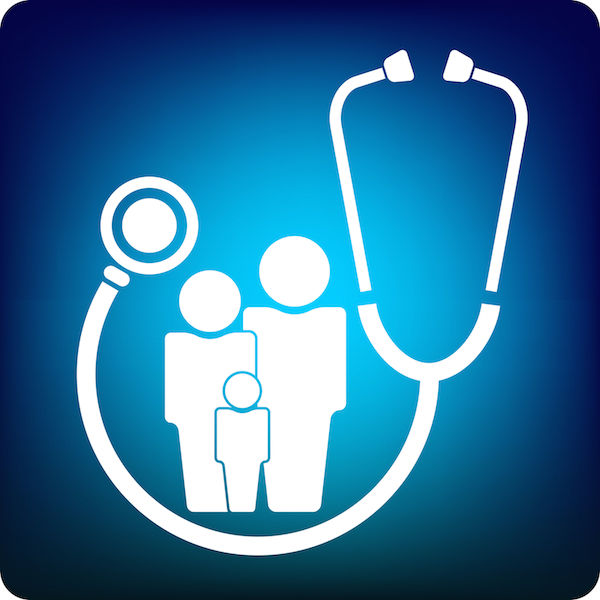
THURSDAY, Feb. 17 (HealthDay News) — Each year in the United States, nearly 10,000 children under the age of 2 arrive in emergency rooms with injuries suffered while in cribs, playpens and bassinets, a new report shows.
Most of these injuries involve cribs and are usually caused by kids climbing out and falling on the floor, said the researchers from Nationwide Children’s Hospital in Columbus, Ohio.
“The most surprising thing to me was the number of crib-related injuries we found being treated in hospital emergency departments,” said lead researcher Dr. Gary A Smith, a professor of pediatrics and director of the hospital’s Center for Injury Research and Policy.
“This is an underestimate,” he said. “We know that children are taken to their private physician and urgent care centers.”
Smith noted that only about 1 percent of the injuries involved a parent or sibling: “It appears that most of these falls are children climbing out of the crib and falling.”
In most cases, the children landed head first, Smith noted, which “really makes this an issue that we should pay attention to.” Children at that age are top-heavy, so when they fall they fall head first and don’t have the ability to break their fall these injuries can be serious, he explained.
Smith added that as the children became more mobile, the number of injuries increased. “So, parents need to be cautious when a child is in a crib and can start to pull himself up,” Smith said.
When that happens, according to the U.S. Consumer Product Safety Commission, you need to lower the height of the mattress in the crib so there is at least 26 inches between the top of the mattress and the top of the rail, Smith said.
And when the child reaches about 35 inches in height he or she should be taken out of the crib and start using a toddler bed, Smith added.
The report is published in the Feb. 17 online edition of Pediatrics.
For the study, Smith’s team used data from the National Electronic Injury Surveillance System to identify the number of children injured in cribs, playpens and bassinets from 1990 to 2008.
During that period, the researchers identified almost 182,000 children under 2 who were treated in emergency rooms for injuries associated with these devices. That came to roughly 9,651 such injuries a year.
The researchers found that 83.2 percent of the injuries involved cribs, while playpens accounted for 12.6 percent of the injuries and bassinets accounted for 4.2 percent.
The most common cause of injury was falling from the crib, playpen or bassinet. These falls accounted for two-thirds of the injuries, Smith’s group found.
The head and neck were the areas of the body that were most commonly injured, making up 40.3 percent of the injuries. Most injuries were soft tissue injuries (34.1 percent).
Kids with fractures were kept in the hospital 14 percent of the time and were more than five times more likely to be admitted than children with other injuries, Smith’s group noted.
Smith believes the findings are a call to action to build better-designed cribs that protect children and make falls less likely.
Right now, parents should only use cribs that meet current standards. That includes cribs with no drop sides, which have been banned by the Consumer Product Safety Commission. So, parents have to be particularly careful with hand-me-down cribs, Smith said.
Smith also advises that when putting the baby in the crib be sure there is no bedding, stuffed toys or bumpers in the crib. “All these products have been associated with suffocation deaths,” he said.
“Young infants need to be placed in a crib that’s bare, just the child and the crib,” he said. “Just dress the child warmly in a sleeper and place him into a bare crib.”
“Despite these findings, cribs are still the safest sleeping environment for infants and young babies,” Smith added. Having the baby sleep with the parents increases the risk of suffocation, he noted.
Amy Chezem, a spokeswomen for the Juvenile Products Manufacturers Association, said that “each year hundreds of deaths occur when children are placed in a sleep environment that is not specifically designed for children. The safest place for a child is in a fully functional, properly assembled crib.”
In addition, the association “reminds parents of how important it is to carefully follow the manufacturer instructions, recommendations and restrictions on all sleep-related products to ensure the safest environment possible.”
More information
For tips on keeping your child safe in a crib, visit the U.S. Consumer Product Safety Commission.

